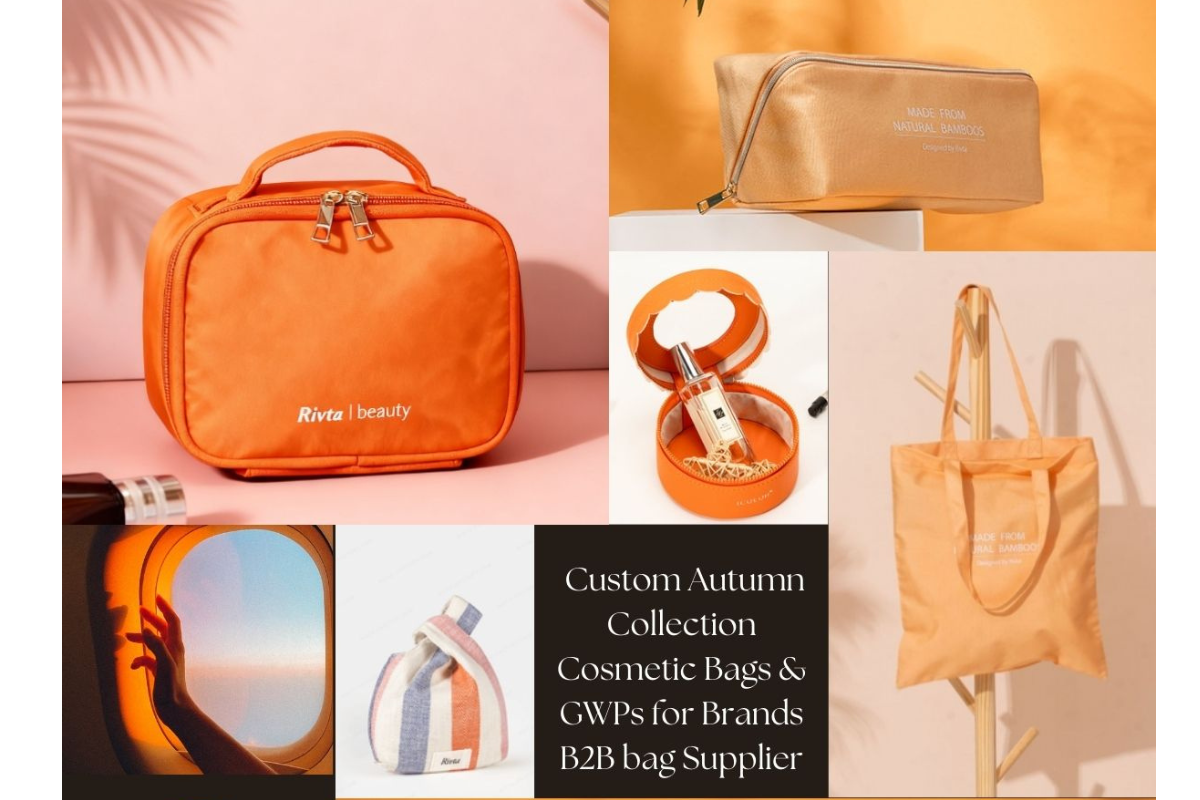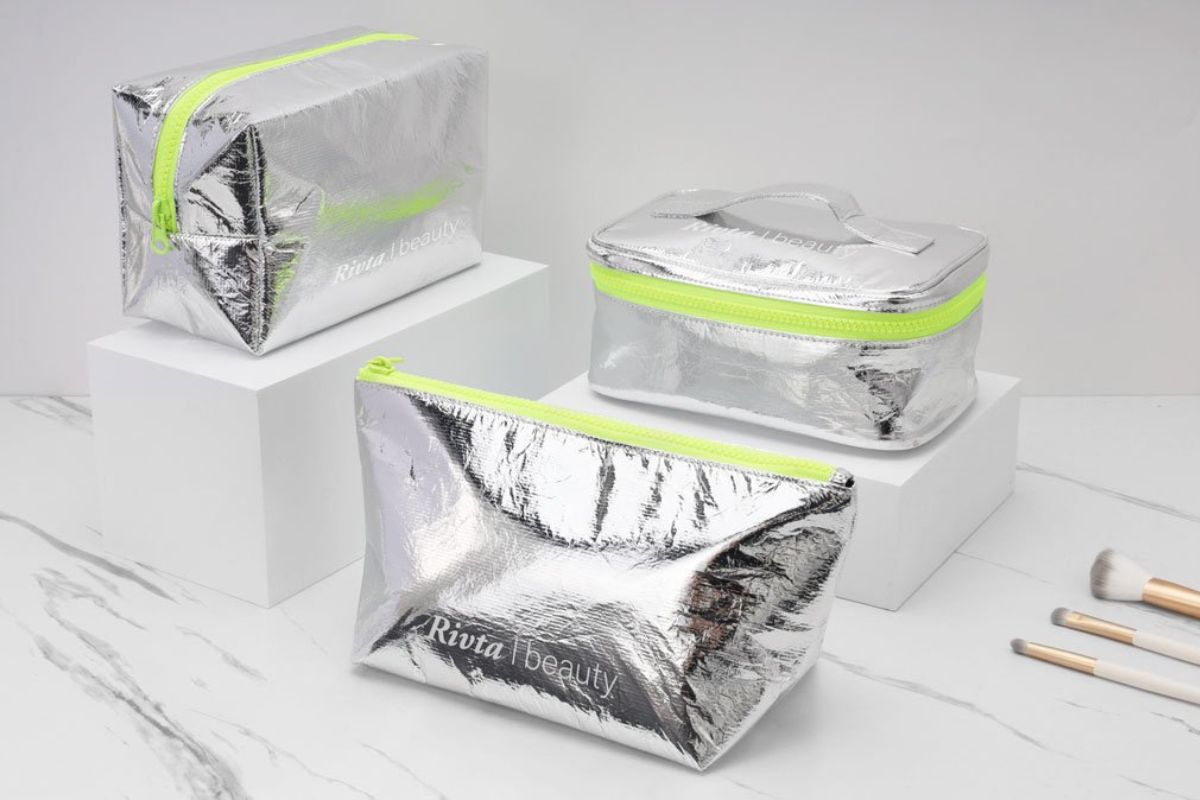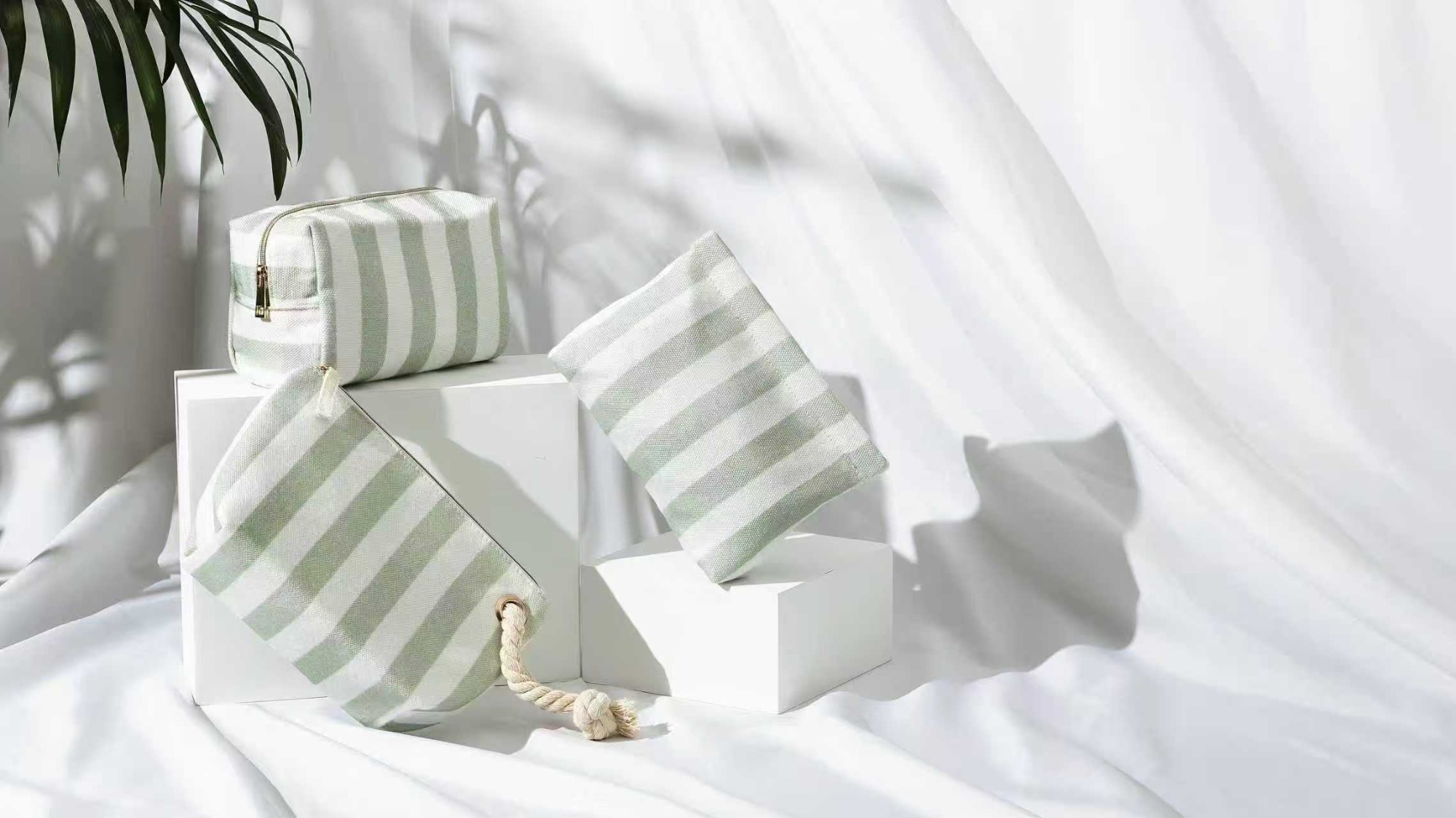The Real Cost of Wholesale Toiletry Bags: A Supplier's Pricing Breakdown?
Getting a quote for toiletry bags can feel like a black box. You worry you're overpaying or missing hidden costs that will surprise you later.
The real cost of wholesale toiletry bags is a sum of material expenses, labor for production, customizations like printing, and order volume. Other factors include overhead, quality control, packaging, and shipping. Understanding these elements helps you see the full picture of the supplier's price.
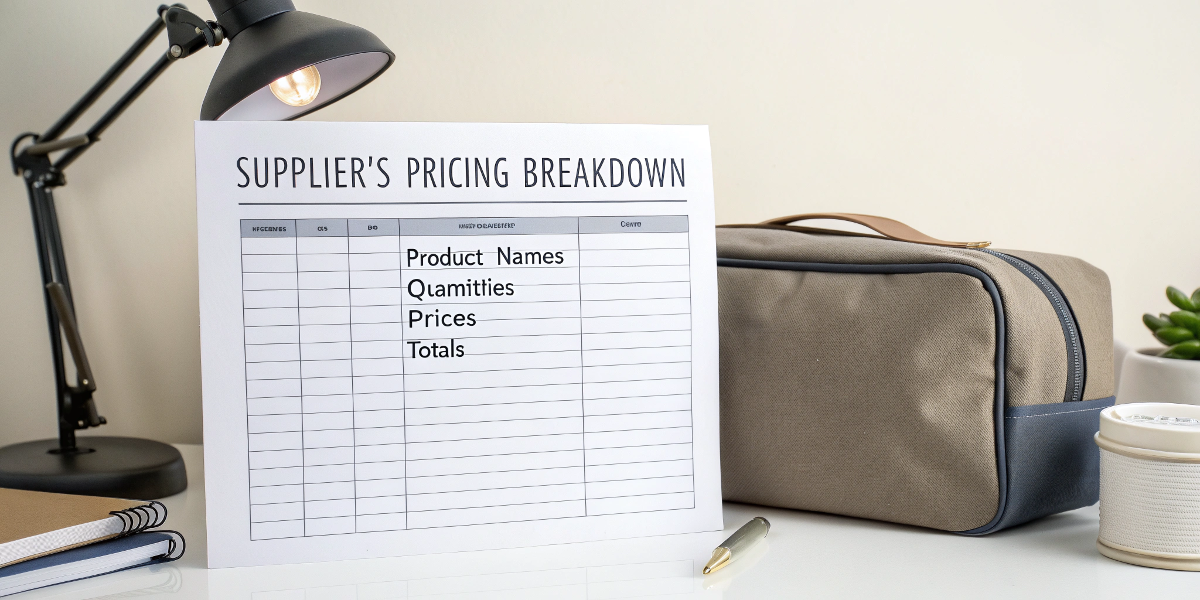
For over 15 years, I've lived in the world of product development. I've worked with countless suppliers, and one of the biggest challenges is understanding the price quote. It's often just a single number with no explanation. This lack of transparency can be frustrating, especially when you're trying to meet a budget without sacrificing quality. I've learned that the key isn't just to get a price, but to understand the value behind it. It's about asking the right questions to see exactly where your money is going. Let’s break down the components of a supplier's quote so you can feel more confident in your next negotiation.
Understanding the Factors That Influence Toiletry Bag Pricing?
Prices for similar-looking bags can vary wildly between suppliers. This is confusing and makes it hard to compare quotes fairly or know if you're getting a good deal.
The main factors influencing toiletry bag pricing are material quality, design complexity, labor costs, order quantity (MOQ), and any customizations. These elements combine to determine the final per-unit cost from a supplier.
When I receive a quote, I never take the final number at face value. I mentally break it down into different parts to see the full story. I've worked on projects where a small design change, like adding an extra pocket, increased the cost more than I expected. It was because that one change added several extra steps to the sewing process, directly impacting labor costs. Understanding all the moving parts is essential. A good supplier should be able to walk you through these factors. It shows they know their business and are being transparent. Let's look at the main drivers of cost that I always review.
The Big Three: Materials, Labor, and Volume
These are the foundational costs that make up the bulk of the price.
- Materials: This is often the biggest cost driver. The difference between standard polyester and a certified recycled material can be substantial.
- Labor: This covers the time and skill needed to cut, sew, and assemble each bag. A simple pouch is much cheaper to make than a complex hanging bag with multiple compartments.
- Volume: Economies of scale are real. Ordering 10,000 units will give you a much lower per-unit price than ordering 1,000 units because the supplier can optimize production.
The Details That Add Up
Don't forget the smaller details, as they can significantly influence the price.
| Factor | Description |
|---|---|
| Customization | Includes logo printing, custom zipper pulls, special linings, or unique colors. |
| Complexity | The number of pattern pieces and sewing steps needed for the design. |
| Quality Control | The level of inspection required to meet your brand’s standards. |
How Do Material Choices Impact the Cost of Wholesale Toiletry Bags?
You want to use sustainable materials but worry about the cost. It can feel like you have to choose between your brand's values and your budget.
Material choices significantly impact costs. Standard options like nylon are affordable, while premium or sustainable materials like leather, recycled PET (rPET), or organic cotton are more expensive. The material's price directly affects the final wholesale price of the bag.
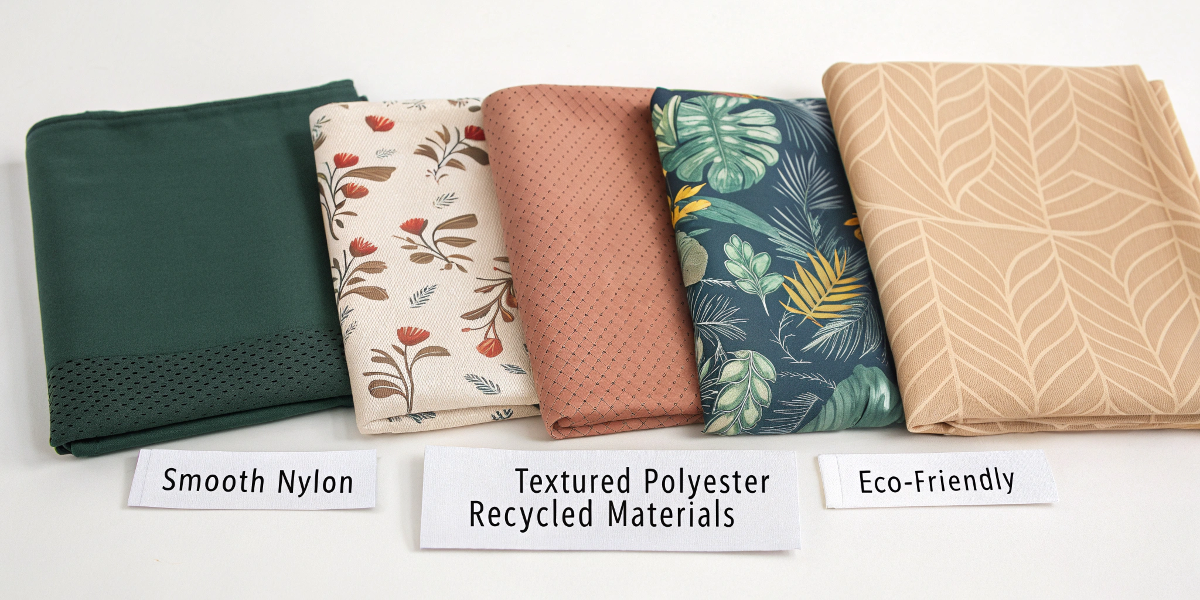
This topic is very important to me, especially in my role with a company like Rivta, whose slogan is "Innovative Materials, Green Future." The material isn't just a line item on a cost sheet; it's the heart of the product. It’s what the customer touches and feels. Early in my career, I focused mainly on aesthetics and function. But now, sustainability is just as important. I’ve learned that choosing an eco-friendly material is not just about environmental responsibility; it's a strategic brand decision. Customers are getting smarter and more demanding. They want to know where their products come from. So, while a recycled fabric might cost more upfront, the value it adds to your brand story can be priceless.
Comparing Material Costs
Here’s a general idea of how different materials stack up in terms of cost.
| Material Tier | Examples | Cost Impact |
|---|---|---|
| Budget-Friendly | Standard Polyester, Nylon | Low |
| Mid-Range | Cotton Canvas, PU Leather | Medium |
| Premium / Sustainable | Recycled PET (rPET), Organic Cotton, Leather | High |
Why Sustainable Materials Cost More
- Certification: Materials like GRS-certified rPET or GOTS-certified organic cotton require a rigorous and costly certification process to ensure their authenticity and ethical production.
- Processing: Turning recycled plastic bottles into high-quality fabric, for example, is a more complex and expensive process than creating new polyester from oil.
- Scale: While growing, the demand for some sustainable materials is still lower than for conventional ones, so the economies of scale aren't as significant yet.
Breaking Down Production Costs: What Goes Into Pricing Toiletry Bags?
Even with simple designs, production costs seem high. You wonder what happens behind the scenes that adds up to the final price you are quoted.
Production costs for toiletry bags include labor for cutting and sewing, machine operation, and quality assurance. Other factors are factory overhead like electricity and rent, plus management and administrative staff salaries. These all contribute to the per-unit price.
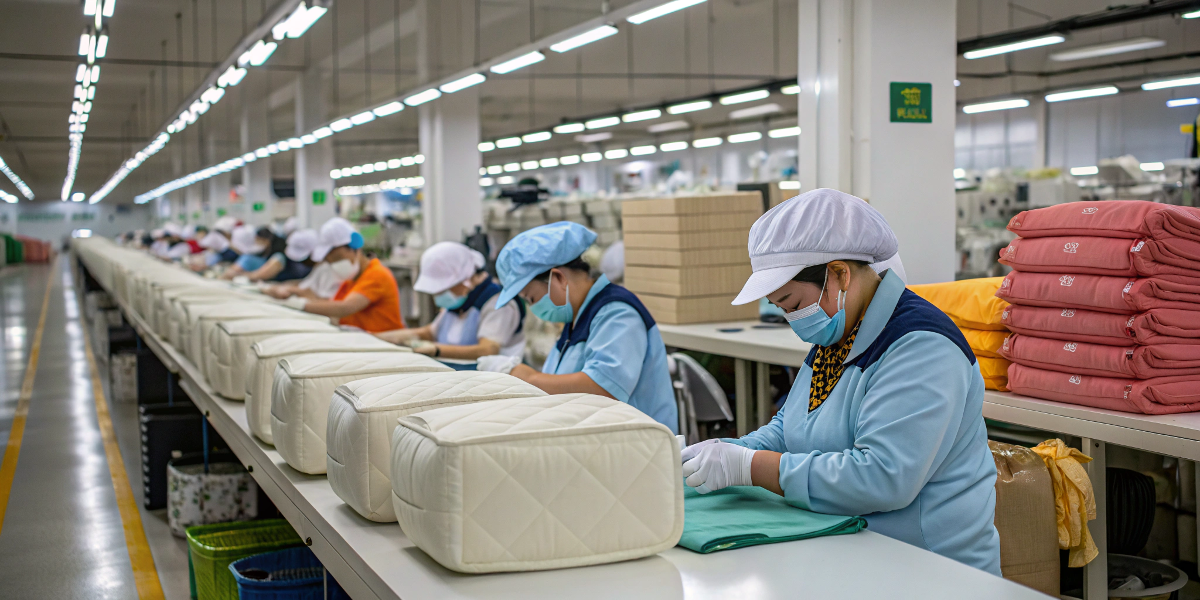
I’ve spent a lot of time on factory floors, and it’s an eye-opening experience. You see firsthand how a flat piece of fabric becomes a three-dimensional product. And you realize just how many hands and steps are involved. It's not just one person sewing a bag. There are people who cut the fabric, people who operate specific machines for zippers, people who attach the lining, and inspectors who check every seam. All of that is labor. Then you have the factory itself—the lights, the machines, the supervisors. Each of these components has a cost that gets divided up and built into the price of every single bag. It’s a complex puzzle.
Labor and Machinery
- Cutting: Fabric can be cut by hand for complex shapes or by machine for large orders. The precision needed here is the first step of quality control.
- Sewing: The skill of the sewing machine operators is crucial. A bag with many pockets, zippers, and compartments will take much longer to sew than a simple pouch, increasing the labor cost.
- Finishing: This includes tasks like trimming loose threads, attaching handles or custom zipper pulls, and final inspections.
Factory Overhead and Management
- Overhead: This is the cost of keeping the lights on. It includes rent for the factory space, electricity for the machines, maintenance, and other utilities.
- Management: This includes the salaries of supervisors, quality control managers, and administrative staff who manage schedules, order materials, and coordinate with clients like me. These costs are shared across all the products being made.
What Are the Hidden Expenses in Bulk Orders That Suppliers Don’t Always Tell You?
You’ve received your quote and feel good about the price. But then extra fees for things like shipping and packaging start to appear, ruining your budget.
Hidden expenses in bulk orders often include setup fees for custom prints, charges for pre-production samples, unexpected shipping or customs duties, and costs for special packaging. It is crucial to ask for a fully-landed cost to avoid surprises.
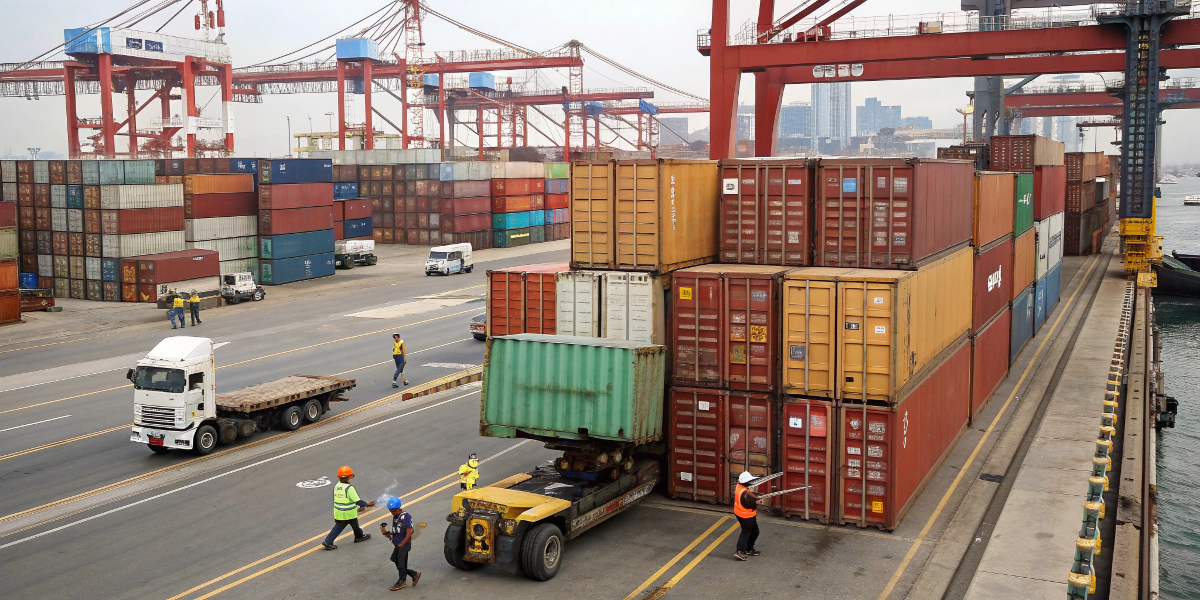
This is a lesson I learned the hard way. Early in my career, I approved a purchase order based on a per-unit price that looked very competitive. I was proud of the deal I negotiated. However, I hadn't clarified all the "extra" costs. When the final invoice arrived, there were charges for customs brokerage, port fees, and ground transportation from the port to our warehouse. My great deal was suddenly just an average one. Now, I never sign off on anything without getting a "fully-landed" quote. This means the price includes every single thing needed to get the product to my door. It’s a simple change in language, but it forces transparency and saves you from major headaches down the road.
Common "Extra" Costs to Clarify
| Expense | Description |
|---|---|
| Tooling/Mold Fees | A one-time cost for creating custom hardware like zipper pulls or logos. |
| Pre-Production Samples | Some suppliers charge for these final approval samples, especially if they are complex. |
| Shipping & Duties | Ask for the Incoterms (e.g., FOB, DDP) to know who pays for shipping, insurance, and taxes. A DDP quote is the most comprehensive. |
| Special Packaging | If you need individual poly bags, custom hang tags, or specific carton markings, these may cost extra. |
The Importance of a Landed Cost
To make sure you are comparing apples to apples between suppliers, always request a fully-landed cost. This number should include the per-unit price plus all the logistics and import costs. It is the true final price you will pay for each item when it arrives at your warehouse, giving you a clear picture of your total investment.
Conclusion
Understanding the real cost of wholesale toiletry bags is about more than just a price. It's about knowing what you're paying for and finding a true partner.

